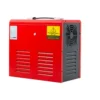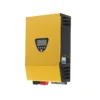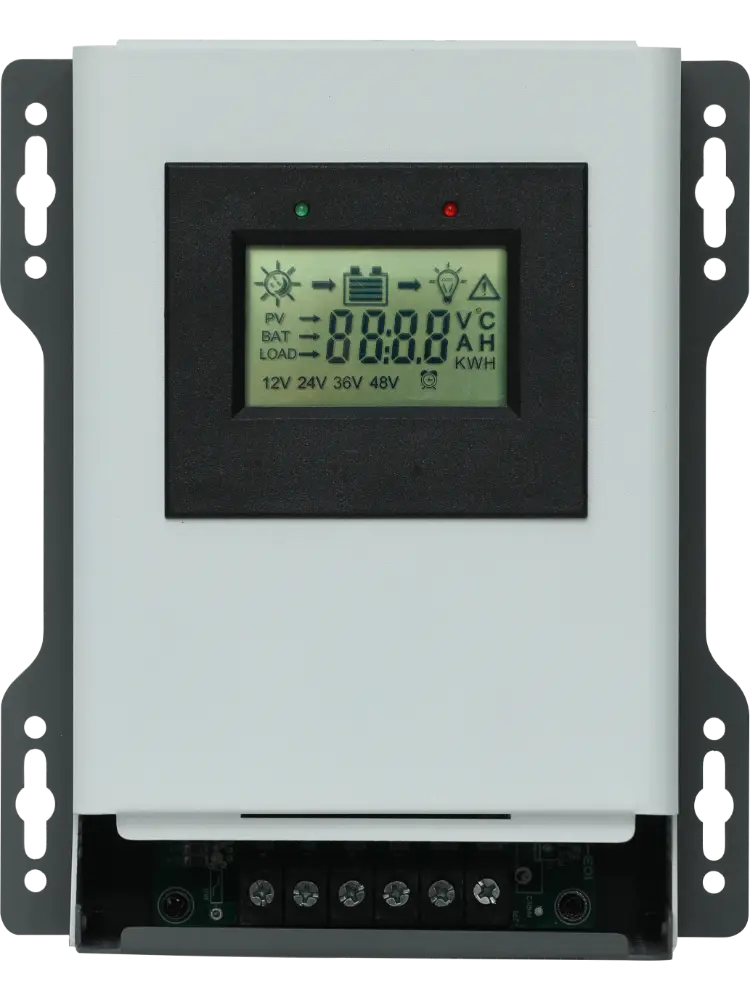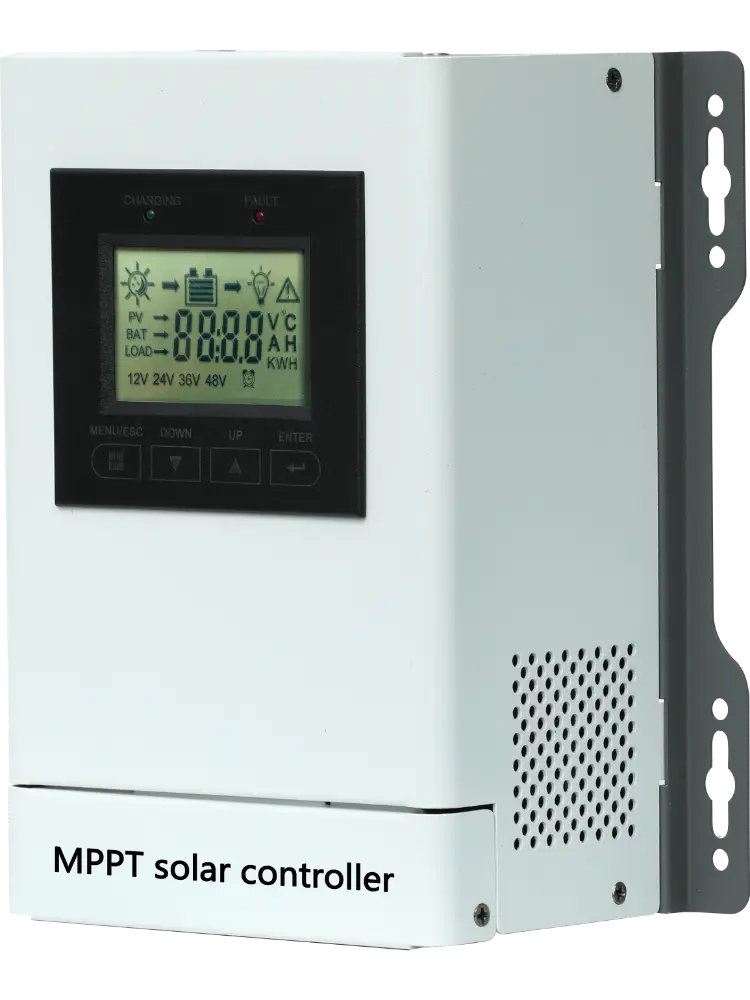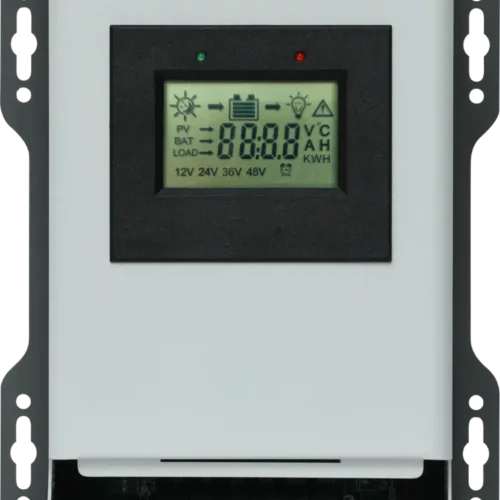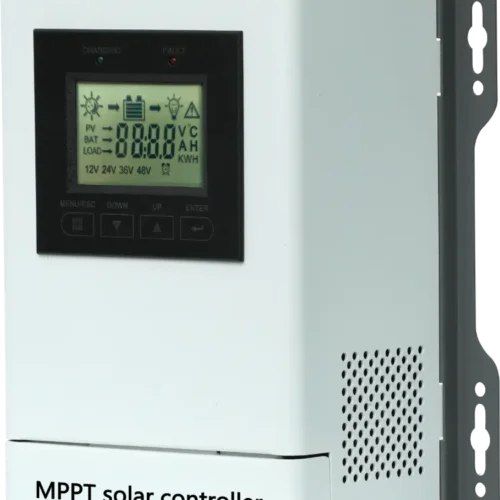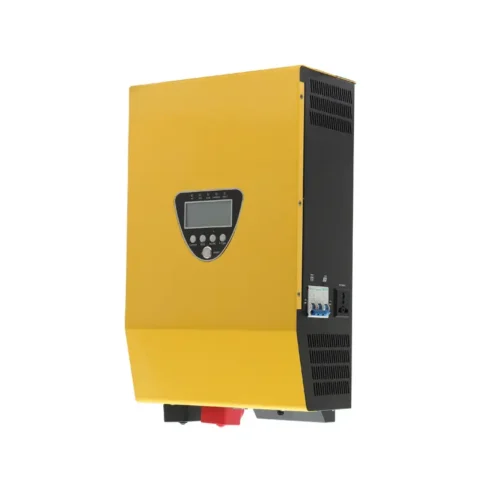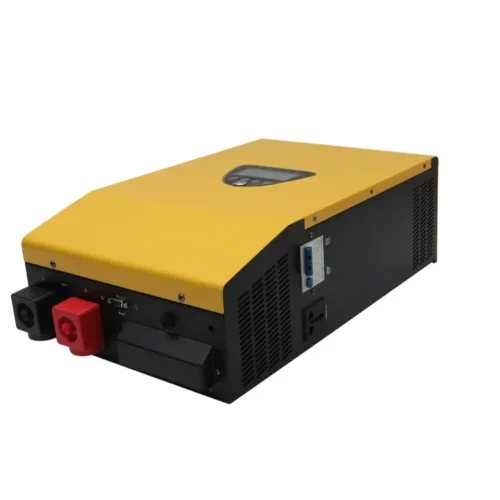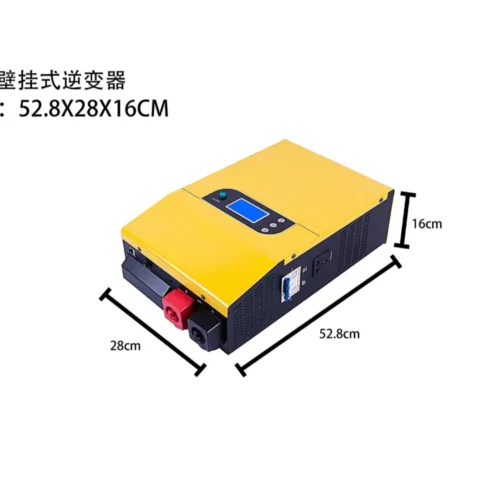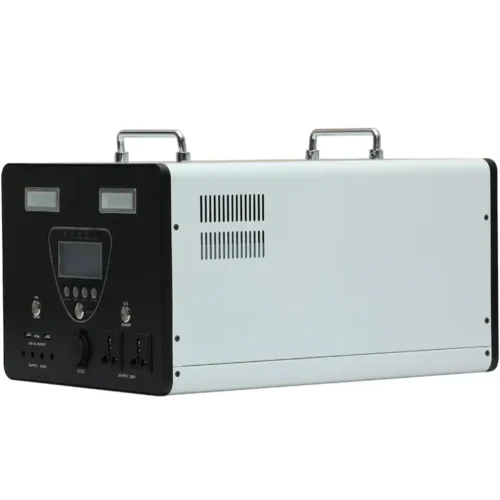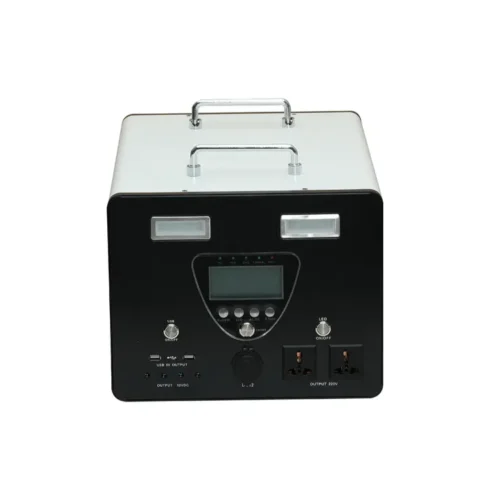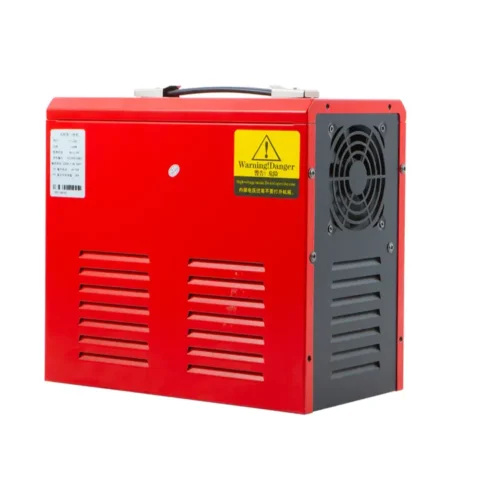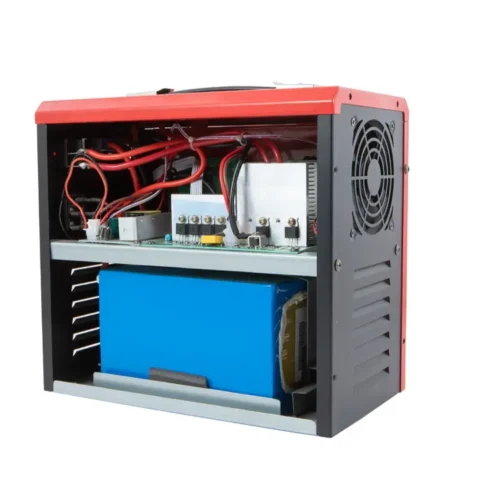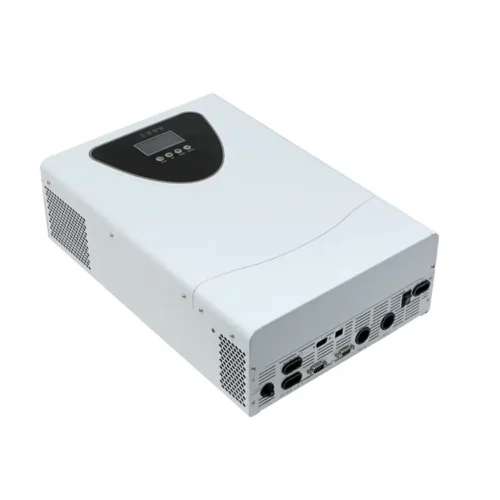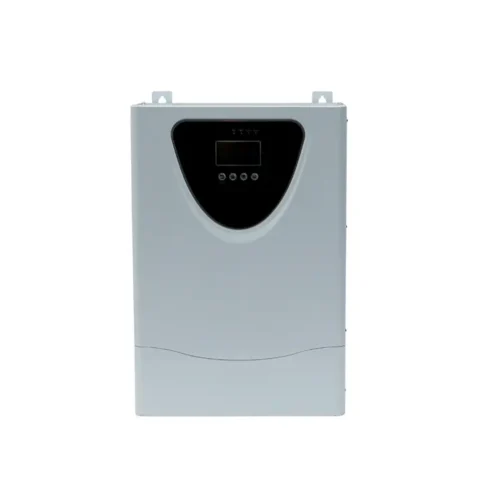Solar controller and mppt solar charge controller
1. Definition and Principle
The MPPT (Maximum Power Point Tracking) controller is the intelligent core of the solar energy system. It tracks the maximum power point (MPP) of the solar panel in real time, dynamically adjusts the working voltage, and ensures the maximum power output under different light and temperature conditions.
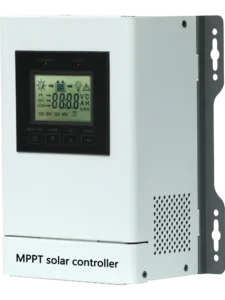
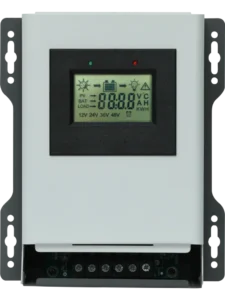
2. Core Function
Improving Efficiency: Compared with traditional controllers, the power generation efficiency is improved by 15%-30%.
Environmental Adaptation: Automatically respond to light changes (such as cloudy days) and temperature fluctuations, and stabilize the output power.
Optimizing Charging: Intelligently manage battery charging (constant current → constant voltage → floating charge), extend battery life, and repair aging batteries.
3. Key Features
Efficient: Real-time tracking of the maximum power point to maximize the use of solar energy.
Intelligent: Adapt to environmental changes to ensure stable operation of the system.
Compatible: Adapt to a variety of solar panels and batteries, and widely used.
4. Typical Applications
Home photovoltaic system: Reduce dependence on traditional power grids.
Commercial power stations: Increase power generation and reduce operating costs.
Remote power supply: Provide reliable power to areas without power grids.
Solar water treatment: drives water pumps and filtering equipment to operate stably.
| Solar Charge Controller Type | MPPT (Maximum Power Point Tracking) | |
| Controller efficiency | ≧98% | |
| Solar controller voltage | 12V /24V/ 36V /48V adaptive | 96V |
| Solar controller input voltage | 180VDC≧ | 200VDC≧ |
| Solar controller input current | 60A≧ | 60A≧ |
| Battery Type | Gel/lead acid/lithium battery optional | |
| MPPT charging method | Three-stage charging (constant current, constant voltage, floating charge) | |
| Solar panel input power | 1800W 2500W 3000W 4500W 7500W | |
| DC output current | 20A≧ | |
| Single battery undervoltage warning | 10V | |
| Single battery overvoltage shutdown | 15V | |
| Battery undervoltage recovery | 14V | |
| Operating temperature | -10℃-45℃ | |
When designing a solar energy system, you need to determine the following system configuration information:
- Local annual average sunshine duration.
- Available space for installing solar panels.
- Total power of AC loads; load operating time, rainy day requirements.
- Backup time in hours.

